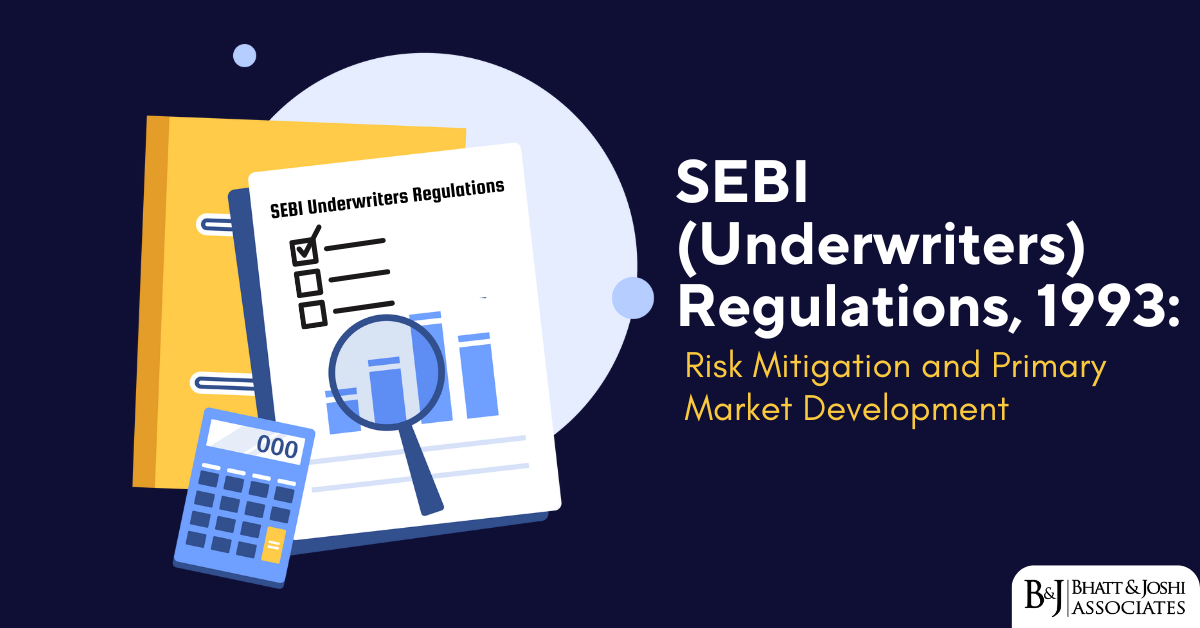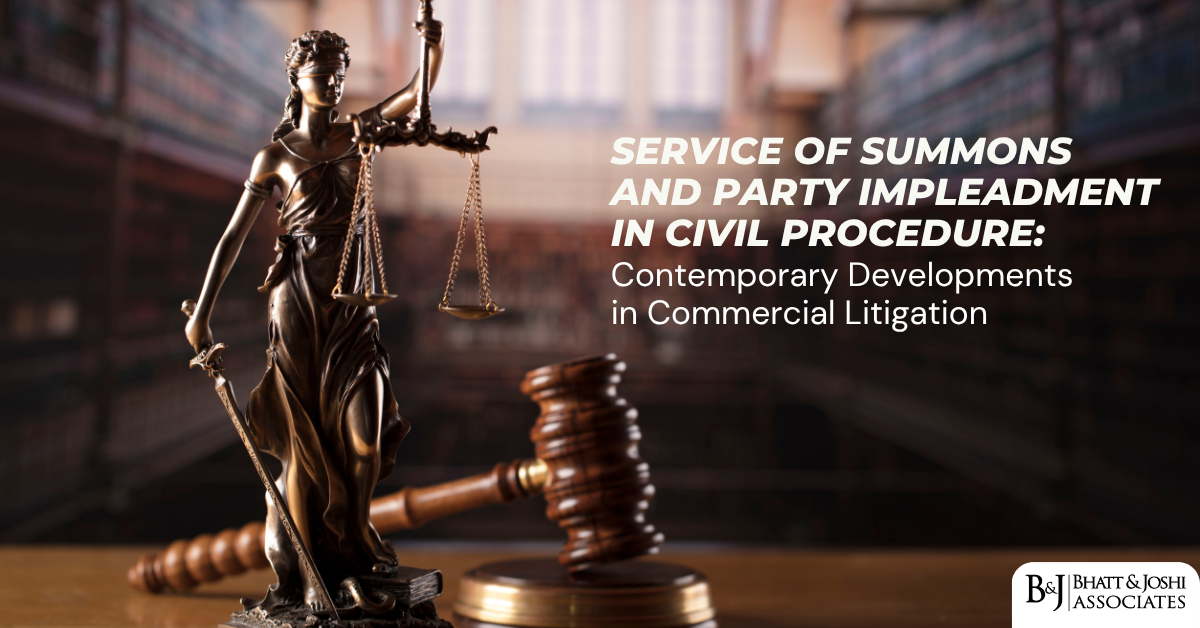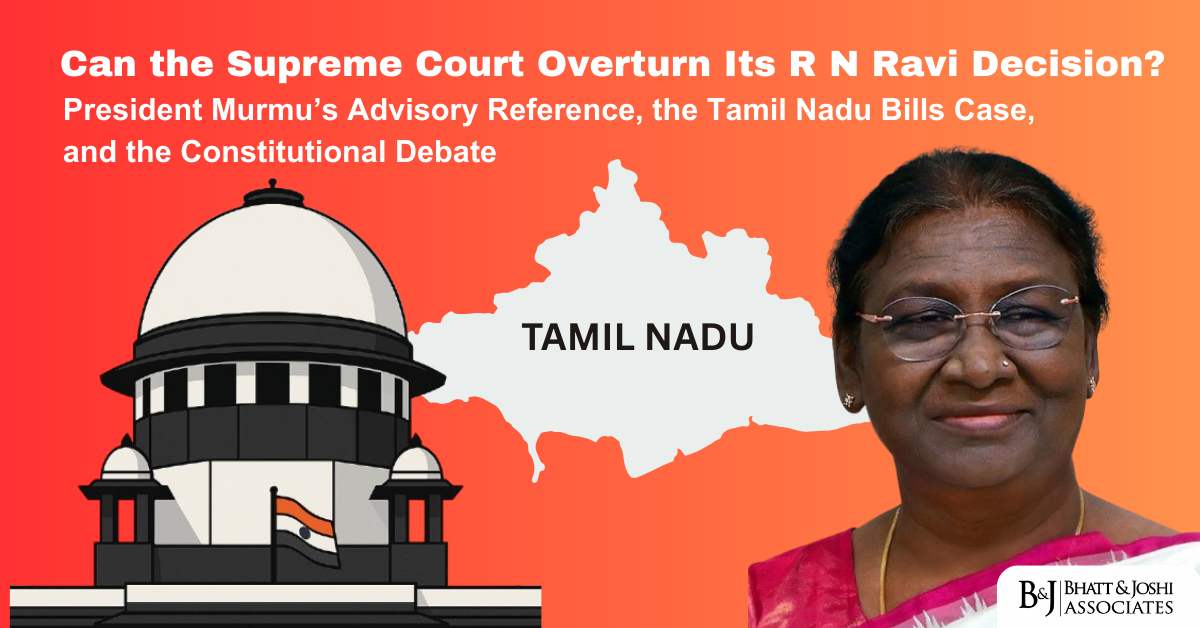Introduction
The Securities and Exchange Board of India (SEBI) enacted the Underwriters Regulations in 1993 to establish a comprehensive regulatory framework for entities that provide underwriting services for securities in public offerings. These regulations emerged as part of SEBI’s broader mandate to develop India’s primary markets while protecting investor interests. Underwriting, as a market function, serves the critical purpose of mitigating issuance risk by providing assurance that public offerings will raise the intended capital regardless of market reception. Underwriters commit to purchasing unsubscribed portions of issues, thereby providing certainty to issuers while simultaneously serving as gatekeepers who conduct due diligence on offering quality. By creating a structured regulatory regime for underwriters, the SEBI (Underwriters) Regulations 1993 aimed to establish professional standards, ensure financial capacity for meeting underwriting commitments, and promote ethical practices in an activity central to primary market integrity. The regulations recognized that effective underwriting was essential not only for individual issuance success but for broader market development and investor confidence in the capital formation process.
Historical Context and Legislative Evolution of SEBI (Underwriters) Regulations
The SEBI (Underwriters) Regulations emerged during the formative period of India’s securities market reforms in the early 1990s. Prior to these regulations, underwriting activities were conducted without specialized regulatory oversight, creating inconsistent practices, unclear standards, and uncertain commitments. The market liberalization following the 1991 economic reforms led to a surge in public offerings, highlighting the need for a robust regulatory framework for underwriting services.
The regulations were promulgated under Section 30 of the SEBI Act, 1992, which empowers SEBI to make regulations consistent with the Act. Their introduction coincided with a period of significant primary market activity, with numerous companies accessing public markets for the first time. This created an imperative for professionalized underwriting services to support market development while maintaining appropriate standards.
Over the years, these regulations have evolved through several amendments:
- The original SEBI (Underwriters) Regulations, 1993 established the basic registration framework and operational standards.
- The 2006 amendments enhanced capital adequacy requirements and clarified obligations.
- The 2011 revisions strengthened the governance framework and updated operational standards.
- The 2017 amendments refined disclosure requirements and modernized underwriting practices.
While the core regulatory framework has remained relatively stable, SEBI has issued numerous circulars and guidelines that have substantially evolved underwriting practices beyond the original regulatory text. These have addressed issues including pricing methodologies, green shoe options, anchor investors, and the role of underwriters in different offering structures such as book-built issues, qualified institutional placements, and rights offerings.
The most significant evolution in underwriting practices has occurred through changes in the broader primary market framework rather than through direct amendments to the Underwriters Regulations themselves. The introduction of book building in the late 1990s, the development of anchor investor mechanisms in the 2000s, and the recent emergence of specialized offering formats for different issuer categories have all transformed underwriting practices while operating within the fundamental regulatory architecture established by these regulations.
Underwriters’ Registration & Eligibility under SEBI Regulations
Chapter II: SEBI Registration Framework for Underwriters
Chapter II of the regulations establishes the registration requirements for underwriters. Regulation 3 states:
“No person shall act as underwriter unless he holds a certificate granted by the Board under these regulations:
Provided that a merchant banker who has been granted a certificate of registration to act as a merchant banker may act as underwriter without obtaining a separate certificate under these regulations.”
This provision establishes SEBI’s regulatory authority over underwriters while creating an important carve-out for registered merchant bankers, recognizing the natural alignment between merchant banking and underwriting functions.
Eligibility Criteria for Underwriters under SEBI Regulations
Regulation 6 outlines the comprehensive eligibility criteria for registration:
“The Board shall not grant a certificate to an applicant unless: (a) the applicant is a body corporate other than a non-banking financial company; (b) the applicant has the necessary infrastructure like adequate office space, equipment and manpower to effectively discharge his activities; (c) the applicant, his directors or partners, as the case may be, are persons of integrity with adequate professional qualification and experience in underwriting or in the business of buying, selling or dealing in securities; (d) the applicant fulfils the capital adequacy requirements specified in regulation 7; (e) the applicant, his director, partner or principal officer is not involved in any litigation connected with the securities market which has an adverse bearing on the business of the applicant; (f) the applicant, his director, partner or principal officer has not at any time been convicted for any offence involving moral turpitude or has been found guilty of any economic offence; (g) the applicant has no past record of repeated defaults in meeting underwriting commitments.”
These eligibility requirements reflect the significant financial and market responsibilities borne by underwriters, with emphasis on integrity, professional qualification, and infrastructure capability.
Capital Adequacy Norms for SEBI-Registered Underwriters
Regulation 7 establishes critical capital adequacy requirements:
“The capital adequacy requirement referred to in regulation 6 shall not be less than the net worth of rupees twenty lakhs:
Provided that a merchant banker deemed to be an underwriter under these regulations, shall have a networth of rupees five crores.”
This significant capital requirement (Rs. 20 lakhs for dedicated underwriters and Rs. 5 crores for merchant bankers acting as underwriters) ensures that underwriters have sufficient financial capacity to meet their potential obligations in case of issue devolvement. The substantially higher requirement for merchant bankers reflects their broader role in the primary market and the typically larger offerings they underwrite.
Application & Evaluation of Underwriters under SEBI Regulations
Regulations 4-8 establish a comprehensive application and evaluation process:
- Detailed application containing information about organizational structure, financial resources, and underwriting experience
- Due diligence of key personnel to ensure integrity and professional competence
- Assessment of financial capacity to meet potential underwriting commitments
- Evaluation of infrastructure for risk assessment and management
- Review of past underwriting performance and commitment fulfillment
Upon successful evaluation, SEBI grants a certificate of registration, valid for three years and subject to renewal. This structured entry screening ensures that only qualified entities with appropriate resources and professional capabilities can function as underwriters.
General Obligations and Responsibilities of Underwriters under SEBI Regulations
Chapter III: Core Obligations for Underwriters
Chapter III establishes fundamental obligations for underwriters. Regulation 12 mandates:
“(1) No underwriter shall derive any direct or indirect benefit from underwriting the issue other than the commission or brokerage payable under the agreement for underwriting.
(2) The total underwriting obligations at any time shall not exceed 20 times the net worth of the underwriter.
(3) Every underwriter shall submit to the Board half-yearly reports about the underwriting activity undertaken and the underwriting obligations discharged.”
These core provisions establish critical safeguards:
- The prohibition against benefits beyond specified commission prevents conflicts of interest and undisclosed arrangements.
- The leverage limit of 20 times net worth creates a prudential ceiling on total commitments relative to financial capacity.
- The regular reporting requirement enables regulatory monitoring of underwriting activity and potential systemic risk.
SEBI Regulations on Underwriting Agreements
Regulation 13 establishes requirements for underwriting agreements:
“(1) Every underwriter shall enter into an agreement with the body corporate on whose behalf he is acting as underwriter. (2) The agreement shall, among other things, provide for the following: (a) the period within which the underwriter shall subscribe to the issue after being intimated by or on behalf of such body corporate; (b) the amount of commission or brokerage payable to the underwriter; (c) the amount which the underwriter has to subscribe to or procure subscriptions for.”
This requirement ensures clarity regarding the underwriter’s commitments and compensation, preventing ambiguity that could lead to disputes or default on obligations.
SEBI Regulations on Underwriters Code of Conduct
Schedule III contains a detailed code of conduct for underwriters. Key provisions include:
- Maintaining high standards of integrity, dignity, and fairness in all dealings
- Conducting appropriate due diligence on issues being underwritten
- Maintaining independence and objectivity in underwriting decisions
- Disclosing potential conflicts of interest to issuers and investors
- Honoring underwriting commitments without delay when devolvement occurs
- Cooperating with other underwriters and market participants
These ethical standards complement the operational requirements, creating a comprehensive framework for underwriter behavior.
Significant Court Decisions on SEBI Underwriters Regulations
SBI Capital Markets v. SEBI (2009)
This SAT appeal addressed the fundamental nature of underwriting obligations. SBI Capital Markets had challenged SEBI’s order regarding failure to fulfill underwriting commitments in a public issue. The tribunal’s judgment established:
“The underwriting obligation represents a firm commitment rather than a best-efforts arrangement, creating a legally binding obligation to subscribe to unsubscribed portions of an issue when devolvement occurs. This commitment forms the essence of underwriting as a market function, providing certainty to issuers regarding capital raising while serving as a signal of issue quality to potential investors.
The timing requirement for fulfilling underwriting obligations upon devolvement is substantive rather than merely procedural. Prompt fulfillment is essential not merely for regulatory compliance but for maintaining market integrity and issuer financial planning. Delays in meeting underwriting commitments, even when eventually fulfilled, constitute a regulatory violation that undermines the underwriting function.
The evaluation of whether market conditions constitute ‘force majeure’ sufficient to excuse underwriting obligations must be interpreted narrowly, with normal market volatility not qualifying as an excuse for non-fulfillment. The purpose of underwriting is precisely to protect issuers against adverse market conditions, making market downturns an anticipated risk that underwriters must be prepared to absorb rather than an excuse for non-performance.”
This judgment clarified that underwriting creates firm legal commitments that must be honored promptly regardless of market conditions, reinforcing the crucial risk-absorption function of underwriters in the primary market.
Kotak Mahindra Capital v. SEBI (2015)
This case focused on due diligence standards for underwriters. Kotak had challenged SEBI’s interpretation regarding the scope of due diligence requirements. The SAT judgment noted:
“The due diligence obligation of underwriters extends beyond mere verification of legal compliance to substantive evaluation of offering quality and risk. As entities putting their capital at risk through underwriting commitments while simultaneously providing implicit endorsement of issues to the investing public, underwriters must conduct thorough, independent assessment of fundamental business quality, valuation appropriateness, and disclosure adequacy.
This diligence obligation includes: (a) reasonable verification of material statements in offer documents; (b) independent assessment of business model viability and growth projections; (c) evaluation of valuation metrics against industry benchmarks and financial fundamentals; (d) verification of risk factor completeness and accuracy; and (e) assessment of management quality and corporate governance standards.
While underwriters may rely on expert opinions and issuer representations for specialized technical matters, they cannot abdicate their fundamental responsibility to form an independent judgment regarding offering quality. The underwriter’s role as both financial guarantor and market gatekeeper creates a dual responsibility requiring substantive rather than merely procedural diligence.”
This judgment established that underwriters bear significant responsibility for substantive evaluation of offerings beyond mere procedural verification, reflecting their dual role as financial guarantors and market gatekeepers.
ICICI Securities v. SEBI (2017)
This case addressed devolvement responsibilities in consortium underwriting arrangements. ICICI Securities had challenged SEBI’s interpretation regarding obligations in a multi-underwriter offering. The tribunal held:
“In consortium underwriting arrangements, each underwriter bears several rather than joint responsibility for their committed portion, with devolvement occurring proportionately among consortium members based on their commitment percentages. However, this several responsibility does not diminish the absolute nature of each underwriter’s obligation to fulfill their proportionate commitment when devolvement occurs.
The lead underwriter bears additional coordination responsibilities including: (a) ensuring clarity regarding each consortium member’s commitment; (b) establishing clear procedures for determining and communicating devolvement; (c) maintaining appropriate documentation of consortium arrangements; and (d) monitoring consortium member compliance with commitments.
The contractual arrangements between consortium members cannot modify or diminish the regulatory obligations each underwriter bears toward the issuer and the market. Private arrangements for risk sharing or indemnification between underwriters do not affect their regulatory obligation to fulfill devolvement commitments.”
This judgment clarified the nature of obligations in consortium underwriting, establishing that while responsibility is proportionate to commitment, each underwriter bears absolute responsibility for their portion regardless of consortium arrangements.
Market Practices and Evolution of Underwriting Practices
The underwriting landscape has evolved significantly since the regulations were introduced:
Changing Underwriting Models
Underwriting practices have transformed through several distinct phases:
- Traditional Firm Commitment (1993-1998): Initial underwriting practices involved straightforward firm commitments to purchase unsubscribed portions of fixed-price issues, with substantial risk of devolvement in an underdeveloped market.
- Book Building Transition (1999-2005): The introduction of book building reduced traditional underwriting risk by allowing price discovery, but underwriters continued to provide backstop commitments for portions not subscribed through the book building process.
- Anchor Investor Era (2006-2015): The introduction of anchor investors who make substantial pre-IPO commitments further reduced traditional underwriting risk, with underwriters facilitating anchor participation while maintaining formal underwriting commitments.
- Contemporary Hybrid Model (2016-present): Current practices involve sophisticated coordination of different investor categories including qualified institutional buyers, non-institutional investors, retail investors, and employees, with underwriting commitments structured to address potential shortfalls in specific categories.
This evolution of SEBI (Underwriters) Regulations 1993 reflects both market maturation and regulatory adaptation, with underwriting practices becoming more sophisticated and specialized over time.
Risk Assessment Methodologies
Underwriting risk assessment has similarly evolved:
- Initial Approaches (1993-2000): Early SEBI (Underwriters) Regulations 1993-2000 underwriting relied heavily on historical precedent, basic financial analysis, and subjective judgment regarding market conditions and issuer quality.
- Quantitative Enhancement (2001-2010): Growing emphasis on quantitative models incorporating market volatility metrics, subscription pattern analysis from comparable offerings, and more sophisticated financial projection evaluation.
- Big Data Integration (2011-present): Contemporary approaches incorporate alternative data sources, sophisticated investor behavior analytics, social media sentiment analysis, and machine learning algorithms to predict subscription patterns and underwriting risk.
This methodological evolution has both reduced underwriting risk and enhanced pricing efficiency, contributing to more successful offerings with appropriate risk allocation.
Market Participants
The underwriting market structure has transformed substantially:
- Consolidation: The market has consolidated from numerous small players to a smaller number of well-capitalized entities, particularly bank-affiliated investment banking operations with substantial capital backing.
- International Integration: Global investment banks have established significant presence in Indian underwriting markets, bringing international methodologies and investor networks while adapting to local regulatory requirements.
- Specialization: Some underwriters have developed sector-specific expertise in areas like technology, healthcare, financial services, or infrastructure, allowing more sophisticated risk assessment in these specialized domains.
- Domestic-International Collaboration: Joint underwriting arrangements between domestic and international firms have become common, combining local market knowledge with global distribution capabilities.
This evolving market structure reflects both competitive dynamics and regulatory influence, with capital requirements and performance standards driving consolidation toward more sophisticated and well-resourced entities.
Challenges and Future Trends in SEBI Underwriter Framework
Despite significant progress, several challenges remain in the SEBI (Underwriters) Regulations 1993 framework:
Risk Assessment Standardization
Underwriting risk assessment practices continue to vary significantly:
- Methodological Divergence: Wide variation in risk assessment approaches creates inconsistency in underwriting quality and commitment reliability across market participants.
- Disclosure Limitations: Incomplete disclosure of underwriting risk assessment methodologies limits issuer and investor ability to evaluate underwriter quality and approach.
- Technology Gap: Varying levels of technological sophistication create disparities in risk assessment capability, with some underwriters utilizing advanced analytics while others rely on more traditional approaches.
Recent regulatory discussions have explored potential standardization of minimum requirements for underwriting risk assessment methodologies, disclosure of approach, and technological capabilities.
Pricing Mechanisms
Underwriting pricing continues to face challenges:
- Transparency Issues: Limited transparency regarding underwriting commission determination creates challenges for issuers in evaluating value and comparing offerings.
- Risk-Pricing Alignment: Ensuring appropriate alignment between underwriting risk and compensation remains challenging, particularly in innovative or hard-to-value offerings.
- Competition Concerns: Concentration in the underwriting market raises questions about competitive pricing and potential for implicit coordination.
Regulatory initiatives have increasingly focused on enhancing pricing transparency and promoting competitive dynamics in underwriting services.
New Offering Structures
Evolving offering structures create new underwriting challenges:
- Direct Listings: The emergence of direct listings without traditional underwritten offerings raises questions about market quality and investor protection in the absence of traditional underwriter roles.
- Special Purpose Acquisition Companies (SPACs): SPAC structures create unique underwriting considerations regarding sponsor quality, target acquisition potential, and investor protection mechanisms.
- Differentiated Voting Rights: Dual-class share structures and other differentiated voting arrangements create complex valuation and risk assessment challenges for underwriters.
- ESG-Focused Offerings: Environmentally and socially focused offerings require specialized underwriting expertise to evaluate non-financial metrics and risks.
Regulatory frameworks may need adaptation to address these innovative structures while maintaining core investor protection principles.
Future Growth Directions for Underwriting Regulation
Looking forward, several trends are likely to shape underwriting evolution:
Technology Integration
Technological advancement offers significant potential for underwriting enhancement:
- Artificial Intelligence: Machine learning applications for subscription prediction, pricing optimization, and risk assessment show significant promise for reducing underwriting risk while enhancing offering success.
- Blockchain Applications: Distributed ledger technology offers potential for more efficient underwriting consortium management, transparent commitment tracking, and streamlined settlement of devolvement obligations.
- Alternative Data Integration: Non-traditional data sources including social media sentiment, web traffic patterns, and consumption metrics provide new insights for underwriting risk assessment.
- Automated Compliance: Technology-driven compliance verification can enhance due diligence effectiveness while reducing costs and timeframes.
While regulatory frameworks have not yet specifically addressed these technological applications, growing interest suggests potential for formal guidance or standards in the future.
Global Harmonization
International integration creates pressure for greater cross-border consistency:
- Due Diligence Standards: Increasing alignment of Indian underwriting due diligence standards with global practices, particularly regarding verification procedures and documentation.
- Risk Management Approaches: Adoption of internationally recognized risk management frameworks for underwriting commitments.
- Disclosure Harmonization: Movement toward internationally consistent disclosure standards for underwritten offerings to facilitate cross-border investment.
- Liability Frameworks: Evolution toward greater consistency with global standards regarding underwriter liability and defenses.
This harmonization reflects both the globalization of capital markets and the increasing participation of international firms in Indian underwriting activities.
ESG Integration
Environmental, social, and governance considerations increasingly impact underwriting:
- ESG Due Diligence: Integration of ESG risk assessment into core underwriting due diligence frameworks.
- Impact Measurement: Development of methodologies for evaluating and disclosing social and environmental impact in underwritten offerings.
- Sustainability-Linked Pricing: Emergence of underwriting structures with pricing linked to sustainability metrics and targets.
- Climate Risk Assessment: Specialized evaluation of climate-related transition and physical risks as core components of underwriting risk assessment.
While current regulations do not explicitly address ESG considerations in underwriting, growing market focus suggests likely regulatory attention in coming years.
Conclusion
The SEBI (Underwriters) Regulations, 1993, have established a comprehensive framework for a critical capital market function that directly impacts issuer funding success and investor protection. From their introduction during the early reform period of India’s capital markets through multiple adaptations addressing evolving offering structures and market practices, these regulations have maintained focus on the fundamental objectives of ensuring underwriting capacity, commitment reliability, and ethical conduct.
The evolution from straightforward firm commitment underwriting to sophisticated hybrid models incorporating book building, anchor investors, and differentiated investor categories illustrates the adaptability of principles-based regulation. While core regulatory objectives remained consistent, the interpretation and implementation of these principles evolved with market structure and practice sophistication, guided by judicial interpretations that emphasized the substantive nature of underwriting obligations and due diligence responsibilities.
As India’s capital markets continue to evolve in sophistication, international integration, and technological capability, the underwriting regulatory framework will face ongoing challenges requiring further adaptation. New offering structures, technological innovation, and evolving investor expectations will necessitate continued regulatory evolution balancing capital formation facilitation with investor protection.
The SEBI (Underwriters) Regulations, 1993 demonstrate SEBI’s approach to market intermediary regulation – establishing necessary standards and accountability mechanisms while allowing market evolution and practice innovation. This balanced approach has supported the transformation of India’s primary markets while maintaining focus on the fundamental objectives of capital formation, market integrity, and investor protection.
References
- Agarwal, R., & Singh, V. (2021). Underwriting in Indian Capital Markets: Regulatory Framework and Market Evolution. Journal of Securities Law, 17(2), 142-159.
- Balasubramanian, N., & Anand, M. (2019). Book Building and Underwriting in India: Historical Evolution and Market Practices. Indian Journal of Corporate Governance, 12(1), 78-94.
- Chandrasekhar, S., & Ray, S. (2020). Underwriter Due Diligence: Comparative Analysis of Indian and Global Standards. Securities Market Journal, 9(3), 67-83.
- Das, P., & Kumar, A. (2018). Pricing of Underwriting Services in Indian IPOs: Empirical Analysis and Regulatory Implications. NSE Working Paper Series, No. WP-37.
- ICICI Securities v. SEBI, Appeal No. 214 of 2017, Securities Appellate Tribunal (September 12, 2017).
- Jain, R., & Sharma, N. (2016). Underwriter Reputation and IPO Performance: Evidence from the Indian Market. Journal of Financial Markets, 12(3), 126-148.
- Kotak Mahindra Capital v. SEBI, Appeal No. 193 of 2015, Securities Appellate Tribunal (November 19, 2015).
- Ministry of Finance. (2015). Report of the Financial Sector Legislative Reforms Commission. Government of India, New Delhi.
- Patil, R., & Venkatesh, S. (2022). Technology Transformation in Underwriting Practices: Opportunities and Regulatory Challenges. Journal of Financial Technology, 5(2), 112-129.
- SBI Capital Markets v. SEBI, Appeal No. 157 of 2009, Securities Appellate Tribunal (July 23, 2009).
- Securities and Exchange Board of India. (1993). SEBI (Underwriters) Regulations, 1993. Gazette of India, Part III, Section 4.
- Securities and Exchange Board of India. (2018). Report of the Working Group on Primary Market Reforms. SEBI, Mumbai.
- Shah, A., & Thomas, S. (2012). The Evolution of India’s Capital Markets: A Historical Perspective. In K. Basu & A. Maertens (Eds.), The New Oxford Companion to Economics in India (pp. 76-81). Oxford University Press.
- Venkatesh, S., & Ganguli, S. (2017). Underpricing and Underwriter Reputation: Evidence from Indian IPO Market. Vision: The Journal of Business Perspective, 21(2), 172-185.
- World Bank. (2020). Financial Sector Assessment Program: India Development Module – Securities Markets. World Bank Group, Washington, DC.














